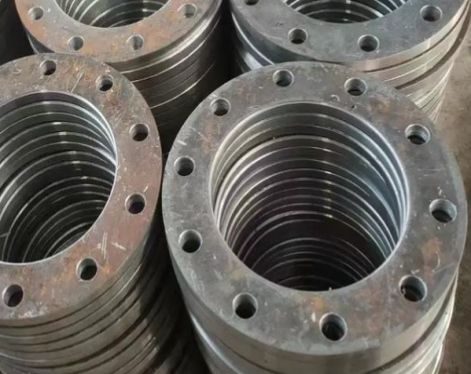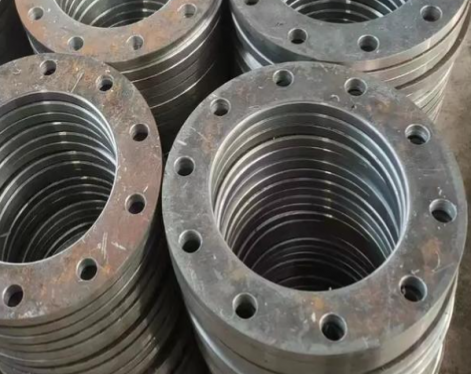The term "stainless steel flange" sounds impressive, especially the word "stainless steel." However, it's not as invincible as we might imagine, nor is it immune to rust. Improper handling, inadequate installation, and insufficient maintenance can lead to malfunctions and damage. As the name suggests, a stainless steel welding flange is a welding flange made of stainless steel. Its interface end has a pipe diameter and wall thickness that matches the pipe to be welded, achieving the connection through welding. The structure of a stainless steel welding flange typically includes the flange body, bolt holes, and sealing surfaces, ensuring a tight and reliable connection.
ASME B16.5 Stainless Steel Welding Flanges
ASME B16.5 is the American standard for stainless steel welding flanges, belonging to the American Society of Mechanical Engineers (ASME) standards for piping and piping components. This standard specifies the requirements for the dimensions, materials, pressure, and temperature ratings of welding flanges used in piping systems.
Applications and Advantages of Stainless Steel Welding Flanges
Stainless steel welding flanges are forged flanges made of stainless steel. They possess good corrosion resistance and high strength, making them suitable for pipeline systems handling various corrosive media, such as those in the chemical, petroleum, natural gas, shipbuilding, and pharmaceutical industries.Welding flanges are not easily deformed. Used in conjunction with bolts and gaskets, they provide good sealing. They meet the required rigidity and elasticity, and feature a reasonable weld thinning transition. The weld joint is far from the mating surface, preventing deformation of the mating surface due to welding temperature. Their complex trumpet-shaped structure makes them suitable for pipelines experiencing significant pressure or temperature fluctuations, or for high-temperature, high-pressure, and low-temperature pipelines.









